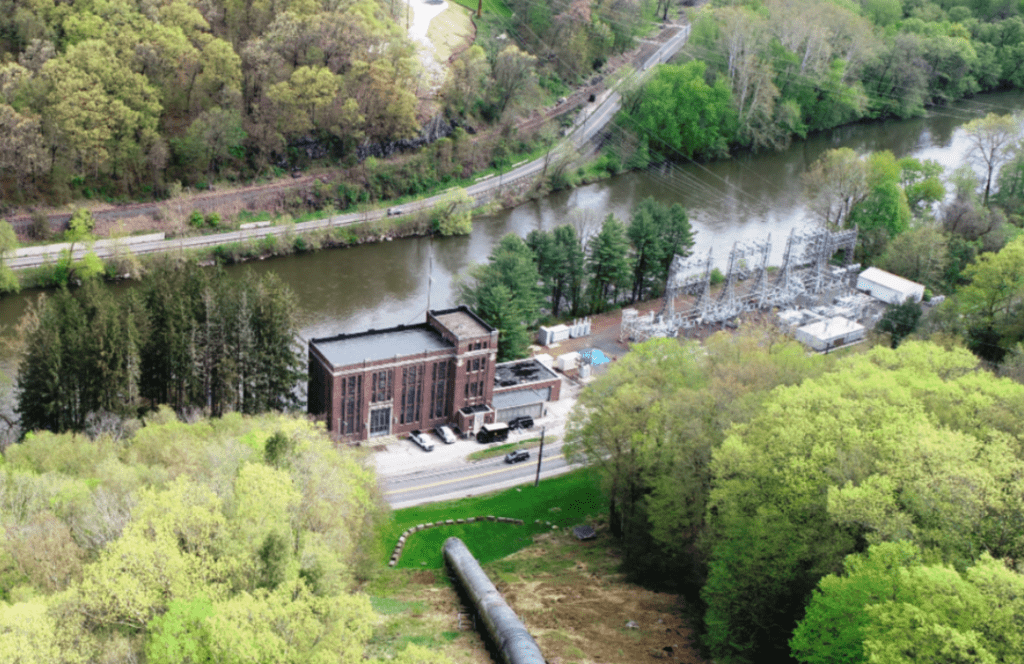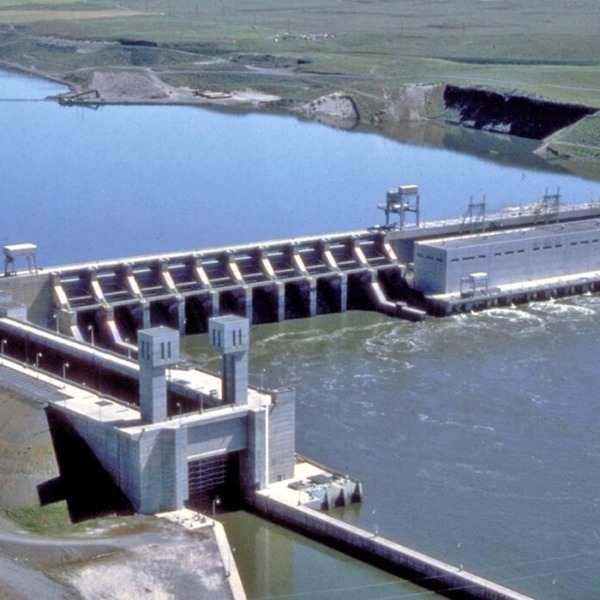On June 9, 2021, temperatures in New England climbed into the 90s and electricity demand soared. Thanks to the flexibility of the region’s hydropower, including pumped storage, nearly two billion grams of carbon emissions were avoided.

Unlike nearly every other energy generating resource, hydropower can adjust generation throughout the day to match supply and demand. The only other resource in New England with the same capabilities is natural gas, which comes at a cost of 490,000 grams of carbon emissions per megawatt-hour.
THE DEEP DIVE
Throughout the early morning of June 9, 2021, hydropower output hovered between 250 and 300 megawatts (see ISO-NE Fuel Mix Graph for 6/9/21). But from 3:00 pm to 7:00 pm, total electricity demand doubled and hydropower output increased to 1,200-1,500 megawatts. For simplicity’s sake, let’s call it a 1,000-megawatt increase sustained for four hours, or 4,000 megawatts hours.
Absent the presence of flexible hydropower, the 4,000 megawatt-hours would have been generated by natural gas. Since natural gas emits 490,000 grams of carbon per megawatt hour, the total emissions avoided is roughly 2 billion grams of CO2.
To contextualize what that means for climate change, we plugged the units into the Environmental Protection Agency (EPA)’s emissions calculator:
2 billion grams of CO2 emissions over four hours is the equivalent of:
- Emissions from 5 million miles driven by passenger vehicles
- Total carbon sequestered by Vermont’s Green Mountain National Forest… for the entire year!
And this is only one afternoon – this cycle happens daily throughout the year, but especially on days with extreme temperatures and high electricity demand.
WHY IT MATTERS
Hydropower and pumped storage are the only source of carbon-free, flexible generation on the New England electric grid. When temperatures rise or fall and electricity demand changes, hydropower and pumped storage are there to keep the lights on. In the headquarters of ISO-NE, the region’s grid operator, Massachusetts’s two pumped storage facilities are the only two resources that have their own screen – a symbol of their importance to grid reliability.
Yet both of these facilities, and hundreds more across the region, are in the middle of rigorous Federal Energy Regulatory Commission (FERC) license renewal applications. While hydropower flexibility provides much needed carbon-free reliability, it can also change the height and speed of rivers, which can impact wildlife, recreation, and shorelines, depending on site-specific characteristics. If the region’s license proceedings go the way others did in the 1990s, then many of these facilities will lose their flexible attributes and New England will rely more on natural gas.
But the 2020s are much different the 1990s – the earth is warming, the oceans are becoming inhospitable for saltwater fish, and sea levels are rising. All six New England states have goals to reduce carbon and have placed premiums on renewable energy, be it rooftop solar, offshore wind, or Canadian hydropower. Yet in the mountains and rivers of New England lie some of the most important carbon-free resources. How their licenses are conditioned with regards to flexible generation will drastically impact the region’s carbon footprint.
For the New England states to most effectively mitigate climate change, hydropower flexibility must be preserved.












